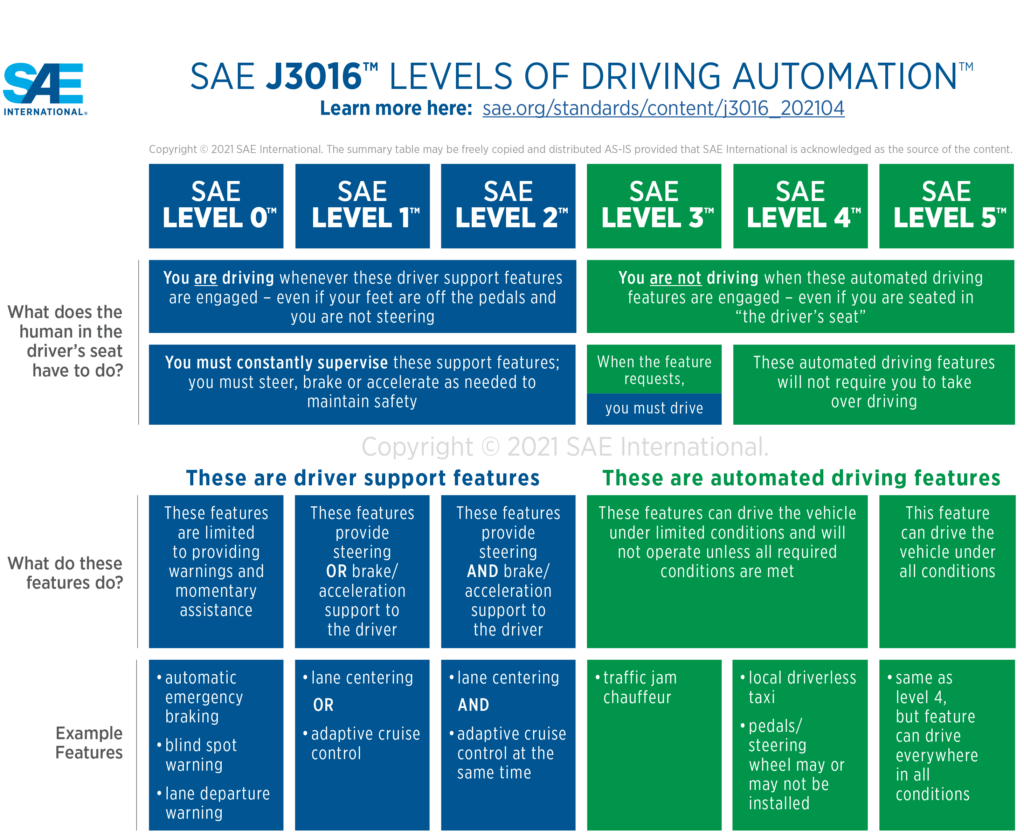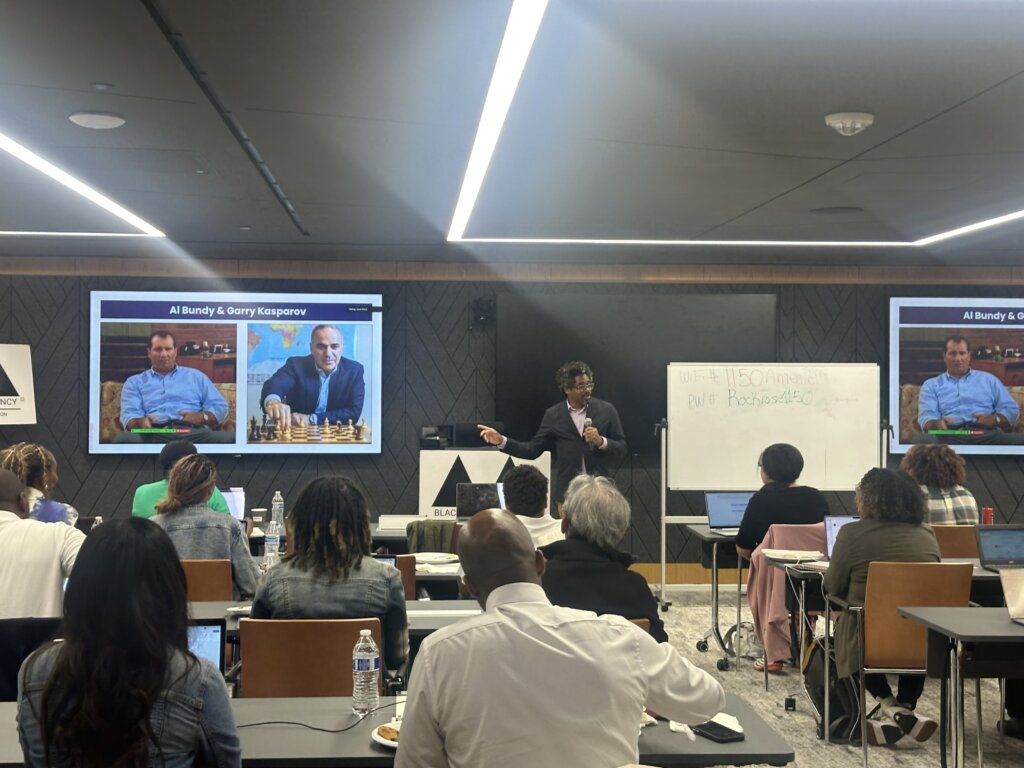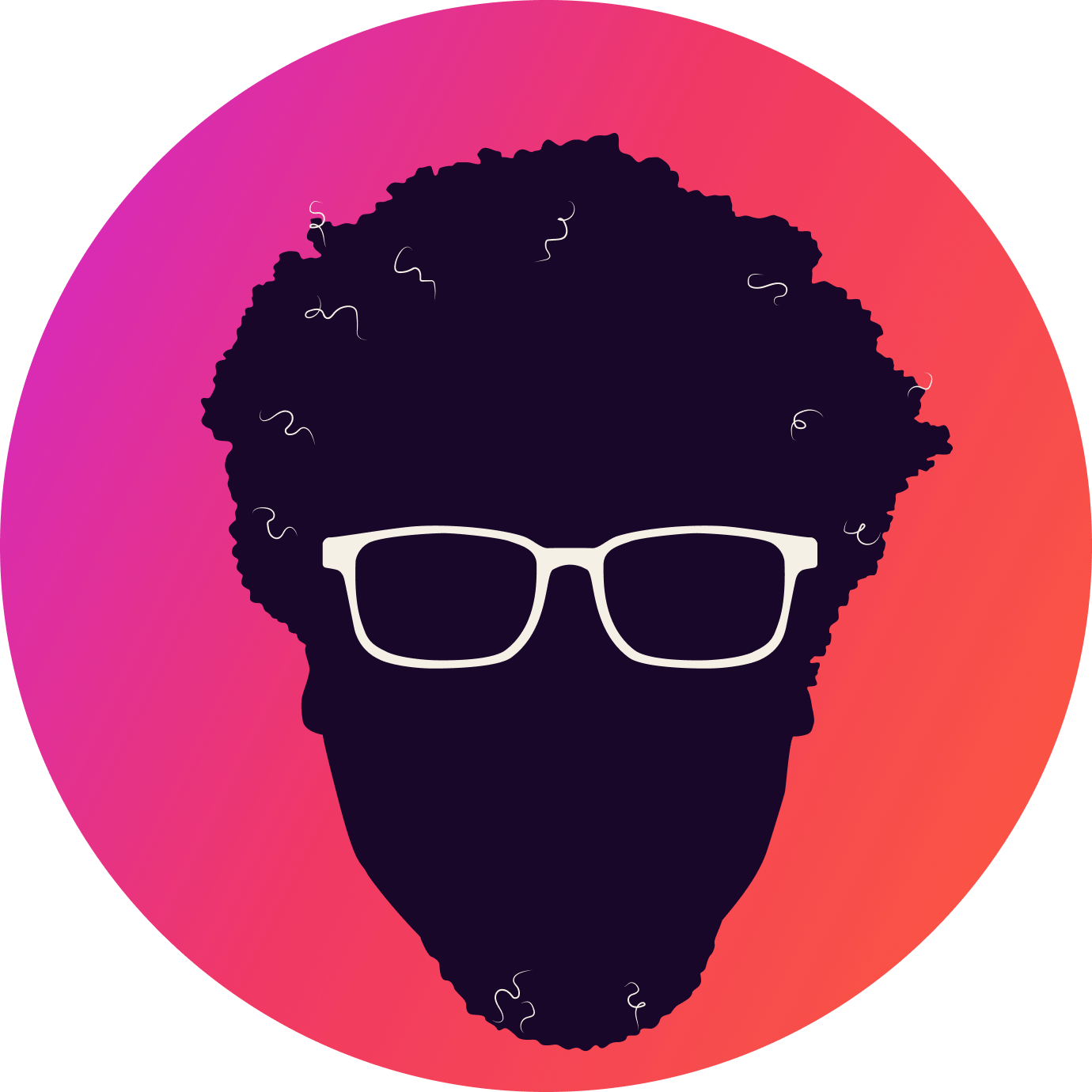Issue #64: How Tesla’s Promises Compare To Reality
Howdy👋🏾. Last Thursday was Tesla’s highly anticipated “We, Robot” event. Elon Musk envisioned fully autonomous cars, robot taxis, and household robots straight out of The Jetsons—everything from watching our kids to cleaning our homes.
I found the event needed more clarity, with Musk repeating the same promises and pushing timelines further into the future. While competitors make headway and begin delivering on the promises, Tesla still hasn’t met. So, I thought I’d dig into why it’s getting harder to take Tesla’s word for it for this week’s newsletter.
Let’s start with Full Self-Driving (FSD), a feature Tesla has long promised for every vehicle. To understand FSD, it’s important to know the different levels of autonomy as defined by the Society of Automotive Engineers (SAE):

https://www.sae.org/blog/sae-j3016-update
The Society of Automotive Engineers labels all Teslas with FSD as Level 2, which means the human driver is still responsible for controlling the vehicle and must be ready to intervene at any moment. The system is designed to augment, not replace, the driver.
On the other hand, Waymo—Alphabet’s self-driving taxi service available in Austin, Phoenix, and San Francisco, with Atlanta coming soon—is a Level 4 vehicle. This means the car is expected to handle all tasks without human assistance, although a remote operator can take control if necessary.
Adding to the complexity, each state sets its own laws for autonomous vehicles. For example, California’s DMV outlines specific requirements for self-driving cars, which has caused friction with cities like San Francisco. Meanwhile, Tesla has made limited progress in obtaining the necessary certifications for a large-scale Robotaxi rollout. If Tesla is truly set on having some version of a vehicle rolling out by the end of 2025 or 2026, you would hope they would take some steps to certify their vehicles.
Of course, this is with Waymo continuing to expand and recently signing an exclusive deal with Uber, a company with 159 Million users, as the exclusive way to hail driverless vehicles in the cities where both companies operate.
For Tesla to engage in this market and compete, it first needs to roll out a product, build the infrastructure for a taxi service partner with a ride-hailing company, and meet the safety certifications for each market to operate. No specific timelines have been outlined beyond a three-year timeframe.
If you’re willing to take Tesla’s timeline as fact, let’s not forget that they promised Level 4 or 5 FSD as far back as 2016.
These days, competition has gotten much tougher. Waymo is an obvious one, but G.M. has introduced Cruise, Ford has BlueCruise, and Mercedes has released a limited Level 3 vehicle capable of driving on some U.S. highways, with testing of a Level 4 vehicle in China, where Tesla is dying stiff competition from several Chinese manufacturers releasing Self Driving vehicles while Tesla is hoping to get approval.
If Tesla’s steering-wheel-free car feels groundbreaking, remember that Waymo showed us its concept more than two years ago.
Fast forward to last week’s event, and once again, Tesla’s FSD promises feel more like wishful thinking. That said, Tesla has some believers, like Waymo’s Co-founder Anthony Levandowski, who was quick to remind detractors how valuable all that driving data is from a fleet of vehicles on the road for years. Who knows, Tesla might still surprise us, especially after SpaceX stuck the landing in a remarkable show of the company’s tech chops.
Now my thoughts on tech & things:
🤖 Tesla’s Optimus Robots Are Fake
Elon Musk’s Optimus robots, which he claimed could be a top-selling product, are far from autonomous. They were actually controlled by humans, raising doubts about Tesla’s progress in robotics.
🔐 Backdoors Don’t Work
U.S. communications have been compromised by backdoors mandated for government access. These vulnerabilities were exploited by China, showing that backdoors pose risks to everyone, not just intended users.
🚗 Who’s Really Driving?
Many people think they’re riding in robotaxis when in reality, humans are still behind the wheel. Ubr and Lyft drivers using Tesla’s Autopilot are sparking serious safety concerns in this regulatory gray area.
🎥 Meta’s AI Video Models Keep Advancing
Meta’s AI video and audio models just got major updates, but it’s unclear when these tools will be publicly available. As these models improve, we may soon see AI-generated video content go mainstream.
As a Tesla Model 3 owner, I appreciate its FSD features, but as someone who’s also ridden in the back of a Waymo, I’m still not convinced that Tesla will deliver on its lofty promises anytime soon. But I’d love for them to prove me wrong.
One of the biggest unanswered questions about FSD is liability—who’s at fault when something goes wrong? From my experience with Tesla’s Autopilot and FSD, it seems like the system is designed to disengage if a collision is imminent, shifting responsibility to the driver.
However, in Level 3 and beyond, the manufacturer should assume responsibility unless the driver is actively in control during the incident. So, who’s liable in Tesla’s vision of a world where cars might operate like franchises, and owners send them out to work as robotaxis?

A few weeks ago, Innovate DMV, U.S. Ignite, and the Black Meta Agency invited me to speak to their first cohort for “A.I. for DMV Startups.” In the coming weeks, I’ll be speaking at D.C. Startup & Tech Week, reboot WTCI’s AGILE series in November, and wrap up the year at NYC’s A.I. Summit. I’d love to see you at any of these events!
📕 Remember to pre-order my book, The A.I. Evolution.
Thanks for reading, and please forward or share this newsletter with anyone you think would enjoy it!
-jason
P.S. While on self-driving cars, remember that some real-world scenarios still need to be worked out. Case in point: a Waymo robotaxi recently got stuck in Vice President Kamala Harris’s motorcade route. I bet the engineers didn’t program for that one!

